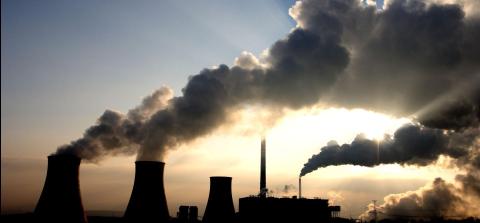Key Findings
In 2016, the latest full of available data, global acquisition activity in the renewable energy sector rose by 17% to US$110.3 billion.
IEEFA suggests that adopting a least-cost mechanism (LCM) would introduce greater competition into the generation sector.
For the mechanism to work, however, certain requirements must be included in the new structure. In addition to being technology neutral, the system must be designed to limit the ability of project developers and utilities to pass fuel costs through to consumers.
Executive Summary
Rapidly declining costs and technological advances in renewable energy, liquefied natural gas (LNG), energy efficiency and storage create an enormous opportunity for greater use of cheaper domestic alternatives to imported coal and diesel.
Allowing for greater competition is key.
New imported coal-fired power generation costs from Php3.8 to 5.5 per kilowatt-hour (kWh). In comparison, solar power costs Php2.99/kWh, wind is Php 3.5/kWh, geothermal is Php3.5-4.5/kWh and run-of-river hydro costs Php3-6.5/kWh—options that are still hampered by costly and unnecessary red tape. Government action to ease existing regulatory burdens likely would lead to significant cost reductions of these cleaner generating alternatives. Another alternative, onshore wind, remains untapped in the Philippines, but in many countries it already is cheaper than solar.
A recent report from Lazard, a leading global financial advisory and asset management firm, concludes that building new wind and solar farms costs less than continuing to run existing coal or nuclear plants.
The levelized cost of energy for both utility-scale solar and onshore wind technologies globally is down 6% from last year. Importantly, there are no indications that this deflationary trend will slow anytime soon, with economies of scale and technology development continuing to push prices downward.
Please view full report PDF for references and sources.
Press release: IEEFA Philippines: ‘Opportunities Now to Transform the Nation’s Energy Sector’















